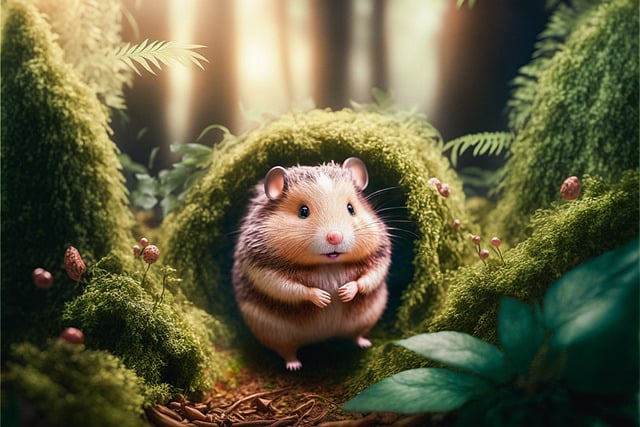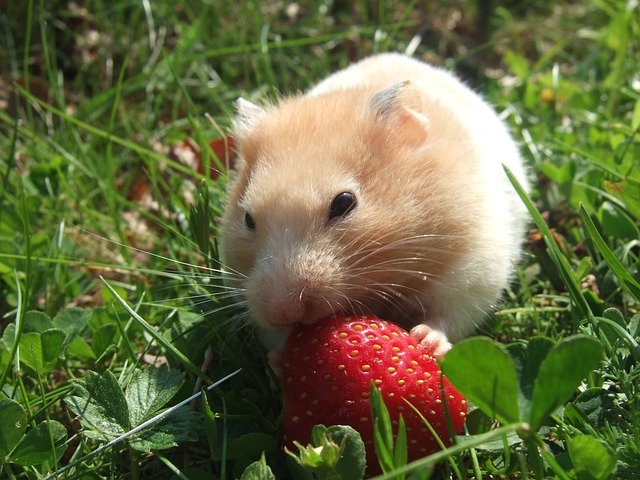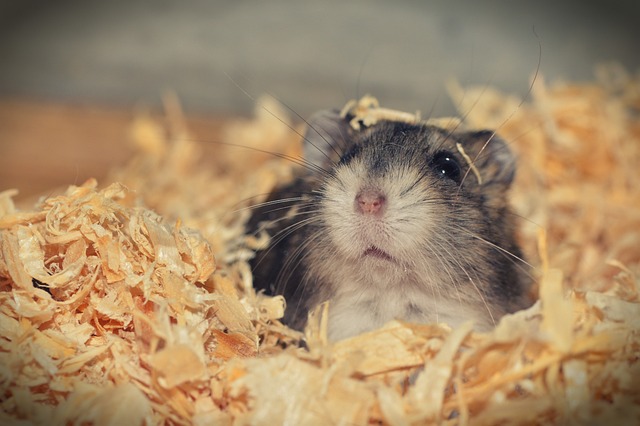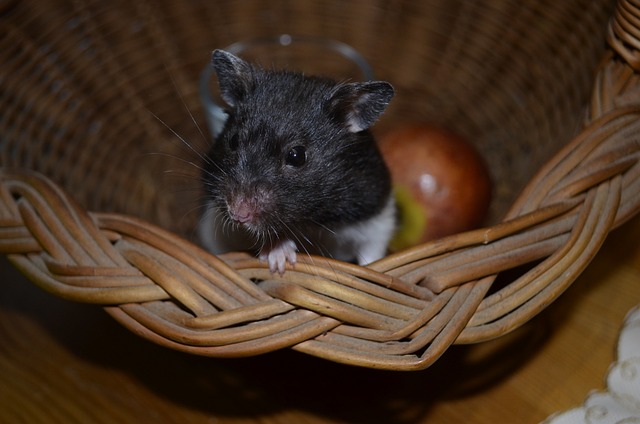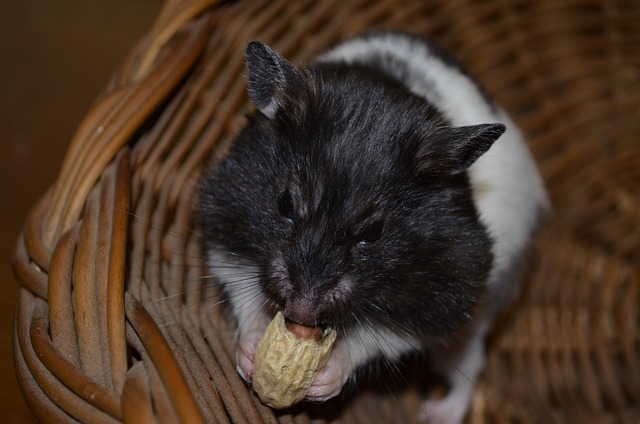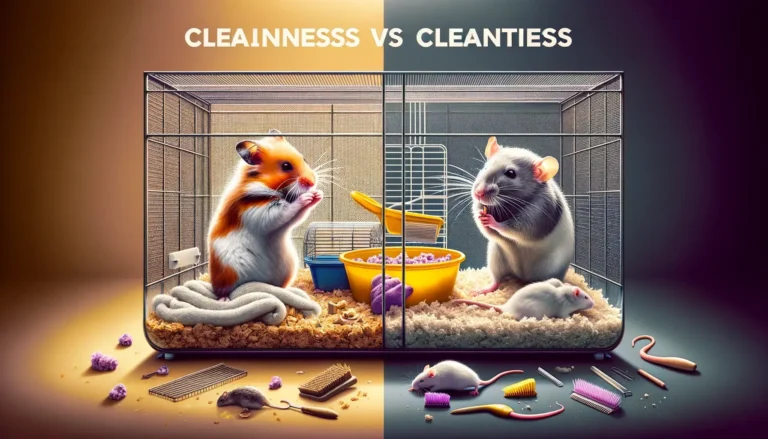Are Hamsters Rats – Hamsters.pk
Understanding the Differences Between Hamsters and Rats
When it comes to small pets, hamsters and rats are often considered similar. However, despite their comparable sizes and some shared characteristics, these two animals are quite distinct. In this article, we’ll explore the key differences between hamsters and rats to help you better understand these popular pet choices.
Biological Classification and Physical Attributes
Hamsters and rats belong to different families within the rodent order. Hamsters are members of the Cricetidae family, while rats are part of the Muridae family. This difference in classification is reflected in their physical attributes.
Hamsters are typically smaller than rats, with adults ranging from 2 to 6 inches in length. They have short, stubby tails, small ears, and chubby cheeks used for storing food. Hamsters also have fur-lined cheek pouches, which they use to transport food back to their burrows.
On the other hand, rats are larger, with adults measuring between 9 and 11 inches in length, not including their long, scaly tails. Rats have more prominent ears and pointed snouts compared to hamsters. They also lack the distinct cheek pouches that hamsters possess.
Behavior and Temperament
Hamsters and rats exhibit different behaviors and temperaments. Hamsters are generally solitary animals and can become aggressive towards other hamsters, especially if they are housed together in small spaces. They are also known for being more active at night, as they are crepuscular creatures.
In contrast, rats are highly social animals and thrive in the company of other rats. They are intelligent, curious, and enjoy human interaction. Rats are also more active during the day compared to hamsters.
Lifespan and Care Requirements
Another significant difference between hamsters and rats is their lifespan. Hamsters typically live for 2-3 years, while rats can live up to 3-4 years with proper care.
When it comes to care requirements, both hamsters and rats need a balanced diet, fresh water, and a clean living environment. However, due to their larger size, rats require more spacious cages and a diet higher in protein. Rats also need more mental stimulation and social interaction to keep them happy and healthy.
Suitability as Pets
Hamsters and rats both make excellent pets, but they suit different types of owners. Hamsters are a good choice for those who want a low-maintenance pet that doesn’t require a lot of interaction. They are also suitable for smaller living spaces.
Rats, on the other hand, are ideal for owners who want a more engaging and social pet. They are intelligent, easily trainable, and enjoy human companionship. However, they do require more time, attention, and space compared to hamsters.
In conclusion, while hamsters and rats may seem similar at first glance, they have distinct differences in their biology, behavior, and care requirements. By understanding these differences, potential pet owners can make informed decisions about which animal is the best fit for their lifestyle and preferences

Exploring the Biological Classification of Hamsters and Rats
Hamsters and rats are both popular pets, but many people are unaware of their biological classification and how they fit into the animal kingdom. In this article, we’ll delve into the taxonomy of these two rodents and explore their similarities and differences from a scientific perspective.
The Rodent Order: Rodentia
Hamsters and rats belong to the order Rodentia, which is the largest order of mammals, comprising over 2,000 species. Rodents are characterized by their continuously growing incisors, which they use for gnawing and grinding food. Other well-known rodents include mice, squirrels, and guinea pigs.
Family Matters: Cricetidae vs. Muridae
Although hamsters and rats are both rodents, they belong to different families within the order Rodentia. Hamsters are members of the Cricetidae family, which includes other small rodents like voles and lemmings. The Cricetidae family is further divided into several subfamilies, with hamsters belonging to the subfamily Cricetinae.
Rats, on the other hand, are part of the Muridae family, which is the largest family within the Rodentia order. This family also includes mice and gerbils. The Muridae family is divided into several subfamilies, with rats belonging to the subfamily Murinae.
Genus and Species: Identifying Hamsters and Rats
Within their respective subfamilies, hamsters and rats are classified into different genera and species. The most common pet hamster species is the Syrian or Golden hamster (Mesocricetus auratus), while other popular species include the Dwarf Campbell’s Russian hamster (Phodopus campbelli) and the Roborovski hamster (Phodopus roborovskii).
Pet rats typically belong to the species Rattus norvegicus, also known as the Norway rat or Brown rat. Another rat species sometimes kept as a pet is the Roof rat or Black rat (Rattus rattus).
Evolutionary History and Adaptations
Hamsters and rats have evolved to adapt to different environments and lifestyles. Hamsters are native to arid regions of Syria, Russia, and China, where they live in underground burrows. Their cheek pouches, short tails, and compact bodies are adaptations that help them survive in these harsh conditions.
Rats, in contrast, are more widespread and adaptable. They are found on every continent except Antarctica and have successfully colonized urban environments. Rats are known for their intelligence, adaptability, and social nature, which have contributed to their success as a species.
Implications for Pet Ownership
Understanding the biological classification of hamsters and rats can help pet owners provide better care for their animals. Knowing that hamsters are solitary and adapted to arid environments, while rats are social and thrive in various habitats, can inform decisions about housing, diet, and interaction.
Moreover, recognizing the evolutionary history and adaptations of these rodents can foster a deeper appreciation for their unique characteristics and needs.
In conclusion, hamsters and rats may appear similar, but their biological classification reveals important differences between the two. By exploring their taxonomy and evolutionary background, we gain a better understanding of these fascinating rodents and how to care for them as pets.
Comparing the Behavior and Characteristics of Hamsters and Rats
Hamsters and rats are both popular pet rodents, but they exhibit distinct behaviors and characteristics that set them apart. In this article, we’ll explore the key differences between hamsters and rats in terms of their social behavior, activity patterns, intelligence, and other notable traits.
Social Behavior: Solitary vs. Social
One of the most significant differences between hamsters and rats is their social behavior. Hamsters are solitary animals and prefer to live alone. They can become aggressive towards other hamsters, especially if they are forced to share a small space. In the wild, hamsters only come together for mating purposes and then go their separate ways.
In contrast, rats are highly social creatures that thrive in the company of other rats. They live in hierarchical groups called colonies, where they establish complex social bonds and communicate with each other through various means, such as vocalizations and body language. Pet rats should always be kept in pairs or small groups to ensure their emotional well-being.
Activity Patterns: Crepuscular vs. Diurnal
Hamsters and rats also differ in their activity patterns. Hamsters are crepuscular, meaning they are most active during the twilight hours of dawn and dusk. In the wild, this behavior helps them avoid predators and extreme temperatures. As pets, hamsters may be more active in the evening or early morning hours.
Rats, on the other hand, are more diurnal, meaning they are active during the day. They tend to have periods of activity followed by rest throughout the day and night. This adaptability makes them more compatible with their owners’ schedules.
Intelligence and Trainability
Both hamsters and rats are intelligent rodents, but rats are often considered to be more intellectually advanced. Rats have a remarkable ability to learn and solve problems, making them highly trainable. They can learn complex tricks, navigate mazes, and even respond to their names when called.
While hamsters are also capable of learning simple tricks, they are not as easily trainable as rats. They are more focused on exploring their environment and foraging for food rather than engaging in structured learning activities.
Playtime and Interaction
Hamsters and rats have different preferences when it comes to playtime and interaction with their owners. Hamsters are more independent and content to play on their own, often engaging in activities like running on their wheel or exploring their habitat. They can be handled, but they may not actively seek out human interaction.
Rats, being social creatures, enjoy playtime and interaction with their owners. They are curious and love to explore new environments, making them great companions for supervised playtime outside of their cage. Rats also enjoy gentle petting and can even learn to come when called.
Lifespan and Health Considerations
Another factor to consider when comparing hamsters and rats is their lifespan and potential health issues. Hamsters typically live for 2-3 years, while rats can live up to 3-4 years with proper care.
Both species are prone to certain health problems, such as respiratory infections and dental issues. However, rats are more susceptible to tumors, particularly mammary tumors in females. Regular check-ups with a veterinarian familiar with small mammals can help detect and treat any health concerns early on.
In conclusion, while hamsters and rats are both beloved pet rodents, they have distinct behaviors and characteristics that make them unique. Understanding these differences can help potential pet owners choose the right companion for their lifestyle and preferences, ensuring a happy and healthy relationship between pet and owner.
Debunking Common Misconceptions About Hamsters and Rats
Hamsters and rats are often misunderstood pets, with many people holding misconceptions about their behavior, intelligence, and overall nature. In this article, we’ll address some of the most common myths surrounding these rodents and provide accurate information to help dispel these misconceptions.
Myth 1: Hamsters and Rats Are Dirty Animals
One of the most persistent misconceptions about hamsters and rats is that they are dirty or unhygienic. In reality, both species are fastidious groomers and spend a significant portion of their day cleaning themselves. Like cats, they meticulously groom their fur to keep themselves clean and odor-free.
In fact, a well-maintained hamster or rat cage should not have a strong odor. Regular cleaning of their habitat, along with proper diet and hygiene, can help keep any unpleasant smells at bay.
Myth 2: Hamsters and Rats Are Unintelligent
Another common misconception is that hamsters and rats are unintelligent or “dumb” animals. This couldn’t be further from the truth. Both species are highly intelligent and capable of learning and problem-solving.
Rats, in particular, are considered to be among the most intelligent rodents. They have excellent memory skills and can learn complex tasks and tricks. Studies have shown that rats can navigate mazes, recognize patterns, and even display empathy towards other rats in distress.
While hamsters may not be as intellectually advanced as rats, they are still clever creatures that can learn simple tricks and adapt to their environment.
Myth 3: Hamsters and Rats Are Aggressive
Many people believe that hamsters and rats are inherently aggressive or prone to biting. While any animal can bite if they feel threatened or scared, properly socialized hamsters and rats are generally gentle and friendly pets.
Hamsters can sometimes display territorial aggression, especially if they are housed together in small spaces. However, this behavior is a natural instinct and can be minimized by providing them with adequate space and resources.
Rats are social animals and rarely show aggression towards humans or other rats when raised in a nurturing environment. They are known for their friendly and curious nature, making them excellent companions.
Myth 4: Hamsters and Rats Carry Diseases
A common fear surrounding hamsters and rats is that they carry diseases that can be transmitted to humans. While it is true that wild rodents can carry diseases, pet hamsters and rats bred in captivity pose a minimal health risk to their owners.
Reputable breeders and pet stores ensure that their animals are healthy and free from common diseases. As with any pet, maintaining good hygiene practices, such as washing hands before and after handling, can further reduce the risk of illness.
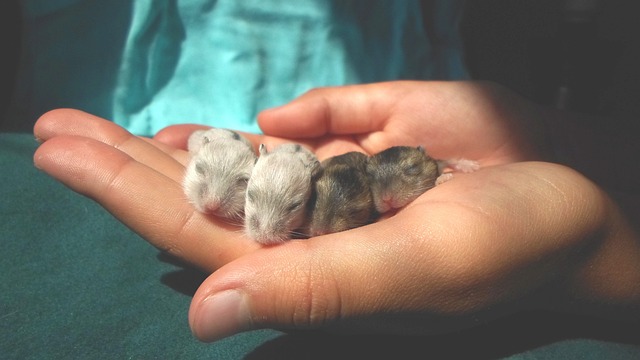
Myth 5: Hamsters and Rats Have Short Lifespans
Many people believe that hamsters and rats have very short lifespans, making them less desirable as long-term pets. While they may not live as long as some other pets, such as dogs or cats, hamsters and rats can still provide several years of companionship.
Hamsters typically live for 2-3 years, while rats can live up to 3-4 years with proper care. This lifespan allows owners to form strong bonds with their pets and enjoy their company for a significant period.
In conclusion, hamsters and rats are often misunderstood due to various misconceptions about their behavior and nature. By dispelling these myths and providing accurate information, we can help people see these intelligent and affectionate rodents in a new light, promoting responsible pet ownership and appreciation for these fascinating creatures.

